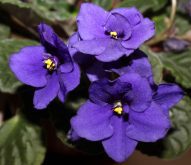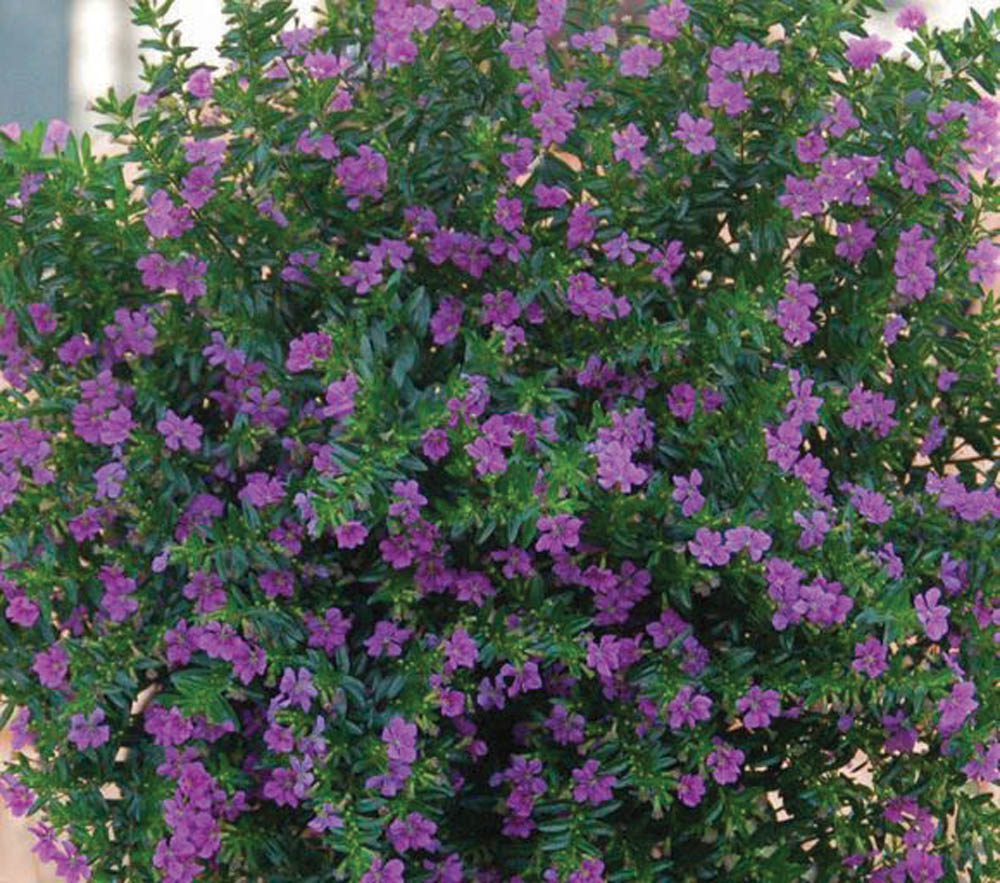For gardeners who appreciate the beauty of individual blooms, dahlias are the perfect plant. They produce gorgeous flowers in a variety of sizes, shapes and colours. Although no blues or violets are included in the colour spectrum, shades of white, red, pink, yellow and orange abound and some of the pinks being developed have mauve undertones. Many have more than one colour; either the tips of the petals are contrasting or the petals are shaded, with the dark colour at the base gradually getting lighter toward the tips.
For borders or containers there are shorter varieties that grow less than 127 cm (50 inches) in height and produce a proliferation of single or double blooms that are six to eight cm in diameter. These are called pot or border dahlias and are sold as bedding plants in garden centres in the spring. Unwin and Figaro are two common varieties.
Read Also

Growing garlic by the thousands in Manitoba
Rebekah Sandford planted 28,000 garlic plants by hand last year on her operation near St. Malo, Manitoba. She’s one of the few local garlic growers in the province and on the Prairies.
Taller types include the giants which stand over a metre and a half tall, decorative and cactus varieties that get over a metre high, and ball and pompon dahlias that are about a metre. Although I have grown taller dahlias in large containers, they must be placed in a sheltered location and need to be securely tied to sturdy stakes.
Giant dahlias produce — you guessed it — huge blooms that can be 20 cm or so in diameter. They can have either a decorative or cactus flower form.
Blooms of decorative and ball dahlias have a very tidy appearance because their petals are neatly layered and the tips are rounded. Ball dahlias are so named because the petals at the bottom of each bloom are recurved so that they touch the stem, thus creating a perfectly round ball of bloom.
Cactus dahlias have pointed petals and some varieties have petals that are rolled so that they are almost tubular. Some blooms are almost spider-like while others have thicker petals that gradually come to a point at their tips.

Pompon dahlias are like miniature ball dahlias; their blooms are only about five cm in diameter and the petals are small and tightly packed together to create solidly double blooms.
Decorative, pompon and smaller cactus dahlias are the perfect cut flower and good for creating floral designs. Individual blooms are easy to exhibit. Simply cut a flower, maintain a good length of stem, add a branch of dahlia leaves, and pop the whole thing into a bud vase and you have created a beautiful dahlia exhibit. The blooms are also excellent to create floral arrangements as they are stiff enough to stay where they are placed and have a long vase life. Younger blooms are best for this purpose as older blooms might open slightly in the middle, spoiling their perfect appearance, or the lower petals might begin to flag if the blooms are too old.
I start my dahlias early in pots of compost but they can be directly planted outdoors in mid-May as the new growth will not emerge until the threat of frost has passed. Covers can easily be placed over the plants if frost does threaten after the first shoots emerge from the soil. The clumps can be divided to produce several new plants per clump.
Dahlias like sun although they grow quite well in a location with some shade (they will be a bit taller and the growth will be less compact). A rich, deeply dug soil is best, and they must be given a constant supply of moisture, so either leave a depression around the plants or encircle them with a ring of some kind to allow you to give them a good soaking on a regular basis.
I have never experienced disease problems with dahlias but they are susceptible to insect damage. Last year red aphids attacked one of my plants while another attracted spider mites, so diligently watch for insect pests and take appropriate action if found.
Some gardeners treat dahlias as annuals and dispose of the plants in the fall, but they are quite easy to overwinter. After digging the clumps of tubers, cut off the stems and turn the clumps upside down to allow any moisture to drain out of the hollow stems.
Shake some soil off the tubers but leave the clumps intact and pack them into cardboard boxes, filling any gaps with dry peat moss. Store the boxes in a cool, dark place (such as a heated garage) where the temperature is kept just above freezing.
Enjoy the exquisite blooms of your dahlias this summer and consider storing them for the winter — particularly if you have one that you really like. You may even want to exhibit a dahlia or two in a horticultural show. Try it, it’s easy and fun!



















